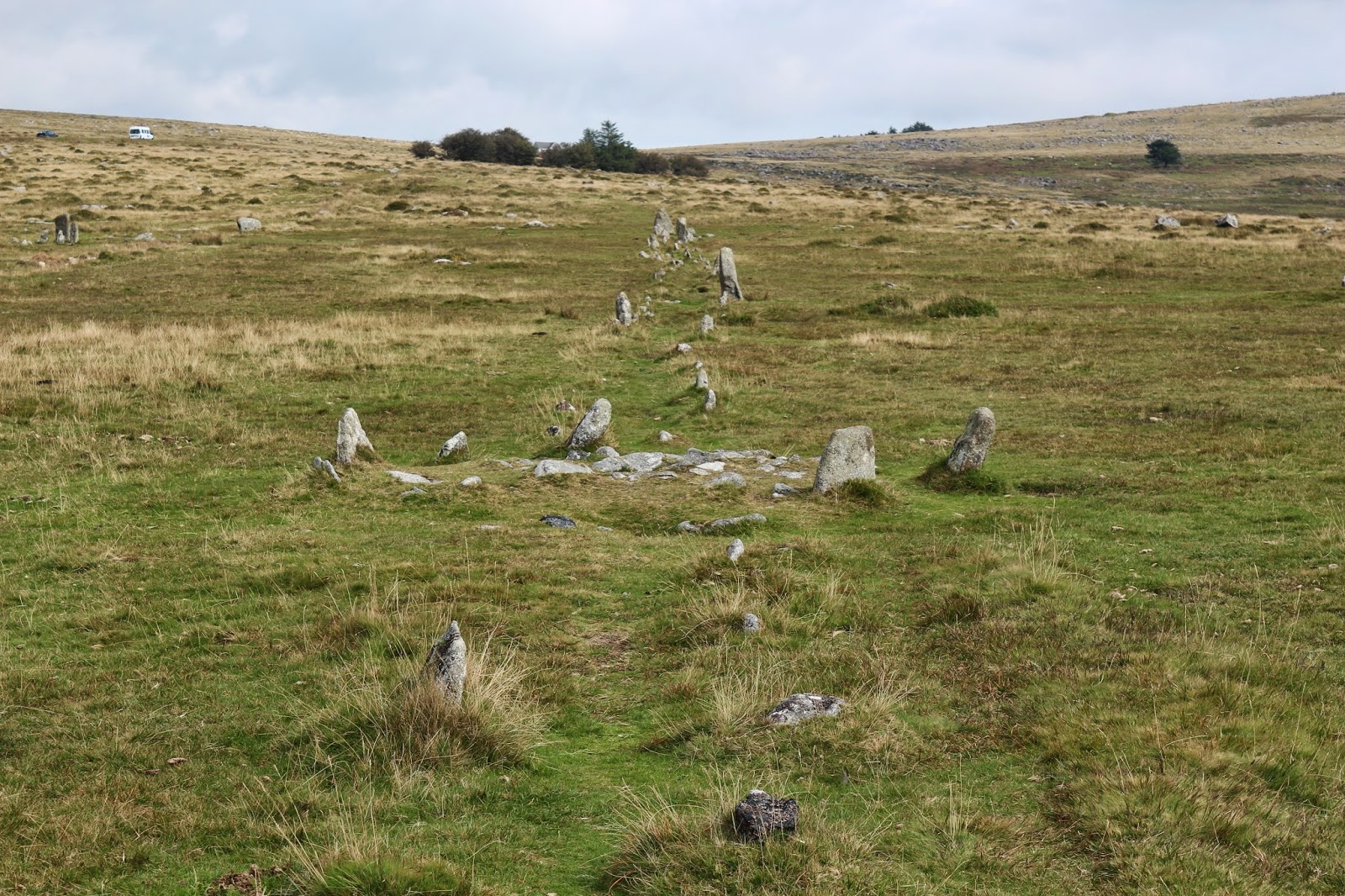| I don't think I'll ever lose my amazement over how much of today's Dartmoor landscape is the result of many centuries of mining. Take this view: the valley bottom has been scoured, pitted, flattened, lumped and bumped by tin workings. At one time, so much silt was being produced and washed down into the sea at Plymouth that the navy complained about the need to continually dredge clear passages for their ships from the harbour into the English Channel. An early example of unintended consequences? |

















































